Frankly, if I just walked every day it’d probably be a win. :) Tomorrow: should probably include some actual running though.
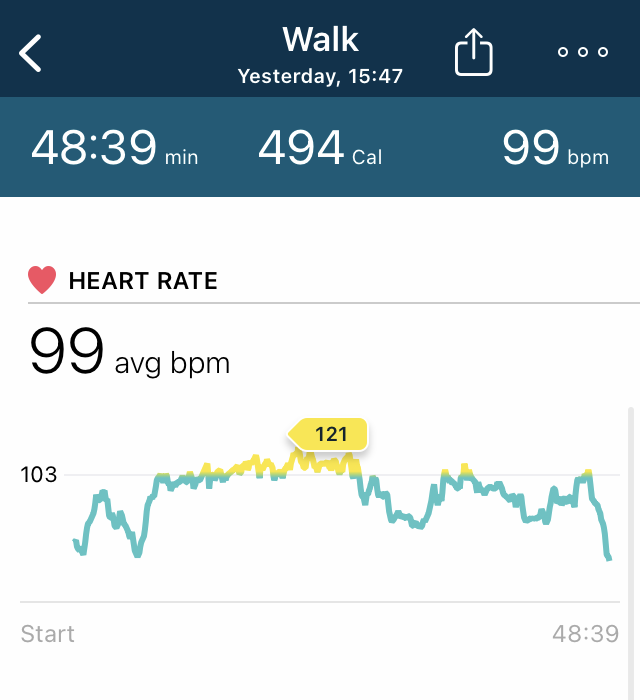

Frankly, if I just walked every day it’d probably be a win. :) Tomorrow: should probably include some actual running though.
It seems obvious that finding a right someone for a healthy relationship is all of subtle, difficult and random; it involves some amount of activity and passivity. Things are made more difficult by my not knowing who I am, and who would be “good” for me.
The best thing for your nervous system is another person. Unfortunately, the worst thing for your nervous system is also another person. An unhealthy relationship can screw up your body budget and, with it, your health and your life. So what makes for a healthy or unhealthy relationship, and how do you maintain one?
~ Lisa Feldman Barrett from, Does Buddhist detachment allow for a healthier togetherness? | Aeon Essays
slip:4uaeea23.
In the beginning of a relationship, everything is immediate. There’s a seemingly endless stream of, “what shall we do tomorrow?” and “do this because I like it, and stop that because I dislike it.” In surprisingly little time it becomes clear that the two (or more!) people in a relationship are changing. If I’ve found the perfect someone for the me today, who will they be in a decade? …who will I be then? 20, 30, 40 years later? It’s all the complexity of two people, where both people are continuously changing. It strikes me this is much more like surfing than trying to reach the pinnacle of a mountain.
ɕ
Effort isn’t the point, impact is. If you solve the problem in three seconds but have the guts to share it with me, it’s still art. And if you move ten thousand pounds of granite but the result doesn’t connect with me, I’m sorry for your calluses, but you haven’t made art, at least not art for me.
~ Seth Godin
slip:4a1255.
Two ways exist to guide human activity. One is to force a person to act against his wishes; The other is to guide a person’s wishes, to persuade him with reasoning. One is the way of violence: It is used by ignorant people, and it leads to complete disappointment. The other is supported by experience, and is always successful.
~ Abraham Comb
slip:4a993.
Because sometimes I experience small periods of blissful serenity. I’d particularly like to be able to go there on a more regular basis. It seems to me that spending about 10 days doing nothing but meditating in silence would be a delightfully mind-altering experience.
~ Me from, Waiting for the next one – Craig Constantine
I’m a process maniac. I have automation that feeds me links to my historical blog posts. This one from three years ago was something I really needed to reread (and was therefore very glad I was given the nudge to do so.)
ɕ
What deeper truths about human connection and self-discovery emerge from the pursuit of podcasting and other creative endeavors?
A journey through creative pursuits uncovers profound lessons about authenticity and overcoming self-doubt.
So we’ve got hands that we have to hold things in. But they have to be held lightly, because it’s about the connections that you and I make— that something is going to happen through the fact that you and I had this conversation today.
~ Paul Jones (19:06)
This conversation explores how podcasting serves as a means of personal and communal growth rather than just a technical or creative pursuit. Discussions touch on the inspiration drawn from others’ work, such as the significance of Seth Godin’s podcast episode, “It’s Not About the Chocolate,” and how it encapsulates using a passion as a vehicle to address broader, meaningful goals. Paul reflects on his journey with podcasting, revealing struggles with imposter syndrome, boundaries, and a lifelong pursuit of creative expression. He describes his experience of overcoming fears and how engaging in this medium has allowed him to uncover more about themselves.
The dialogue also highlights themes of human connection and the transformational power of shared experiences. Paul discusses the importance of resilience and authenticity, particularly in the context of navigating societal pressures and personal challenges. Reflections on art, self-improvement, and the value of community emerge as central topics, with emphasis on the balance between technical aspects of creative work and the deeper connections they foster.
Takeaways
Building connections through creativity — Podcasting is a medium that facilitates meaningful human connections beyond the surface.
Overcoming inner obstacles — Struggles with imposter syndrome and self-doubt are recurring challenges in creative endeavors.
Using passions as vehicles — Creative projects often serve as tools to explore broader life goals and purposes.
The role of community — Collaborating and sharing with others at different stages of similar journeys provides valuable perspective and support.
Authenticity over perfection — True creative expression requires embracing imperfections and focusing on genuine experiences.
Balancing ambition and self-care — Reflecting on personal limits is key to maintaining health and fulfilling creative goals.
Resources
Aardvark Chronicles — Paul’s podcast on SimpleCast, or you can subscribe over here if you’re feeling frisky.
Askinosie Chocolate — A chocolate company founded by Shawn Askinosie that uses chocolate-making as a vehicle for ethical and meaningful impact.
Seth Godin’s Akimbo podcast — A podcast exploring creativity, leadership, and change, referenced in the conversation.
David Allen’s Getting Things Done — A methodology and book mentioned in the discussion about productivity and work ethic.
(Written with help from Chat-GPT.)
ɕ
How does podcasting empower individuals to express creativity, overcome barriers, and connect meaningfully with an audience?
Building immersive creative spaces can transform how artists and entrepreneurs thrive in their fields.
Sometimes it’s one singular person who will send me a message saying, ‘You got me to do it,’ and I’ll keep doing this because that one person matters.
~ Dave Swillum (21:49)
The conversation explores how podcasting democratizes creativity by removing barriers to entry, allowing anyone with a message to share their thoughts with the world. This accessibility has made podcasting a unique platform for authentic communication. There is also discussion about how podcasting compares to other creative mediums, with a focus on its audio format’s emotional resonance. The dialogue emphasizes the power of podcasts to amplify individual voices and foster real connections, especially in an era of technological ubiquity.
A significant portion of the conversation centers around building spaces conducive to creativity. Dave describes his work renovating a historic farm into a studio and living space designed for artists and entrepreneurs to immerse themselves in their work. This concept reflects a broader belief in the importance of reducing distractions to cultivate focus and innovation. Other topics include overcoming imposter syndrome, finding inspiration through collaboration, and maintaining momentum in creative endeavors. Dave shares practical strategies for overcoming creative ruts, emphasizing the value of persistence and connection.
Takeaways
Low barriers in podcasting — Podcasting provides an accessible platform for anyone to share their ideas and connect with a global audience.
Amplifying voices — A podcast acts as a metaphorical microphone, making individual voices heard on a larger scale.
Immersive creative spaces — Dedicated environments can help creators focus and develop impactful work without distractions.
Collaboration in creativity — Working alongside others often sparks better ideas and outcomes than working in isolation.
Rekindling motivation — Small connections, such as audience feedback, can reignite passion for a project.
Versatility in creativity — Anyone can be a creator by leveraging tools that align with their unique skills and passions.
Importance of focus — Deep, immersive workspaces or routines help foster meaningful and sustained creativity.
Practical strategies for creators — Journaling, setting specific goals, and pushing through fear can break creative blocks and maintain momentum.
Resources
Waking Up From Work Podcast — A podcast about pursuing passion and creativity in life.
Deep Work — Cal Newport’s book that explores the concept of focused, uninterrupted work as a key to achieving meaningful results.
Steven Pressfield’s books — Works exploring creativity, discipline, and the muse, including The War of Art.
Brooklyn Podcasting Studio — A professional podcasting space offering resources and support for creators.
Audio Engineering Society (AES) — A professional society for audio engineers, producers, and enthusiasts to connect and learn.
(Written with help from Chat-GPT.)
ɕ
What strategies can be used to overcome barriers to starting creative projects, particularly in podcasting and writing?
The conversation highlights how simplifying processes can make creative projects more achievable.
Just do the things. Stop talking about doing the things. Stop making lists about doing the things. Stop taking courses about doing the thing, and do the thing.
~ Angie Flynn-McIver (4:25)
The conversation examines the challenges of beginning and sustaining creative projects, such as podcasting and writing. One significant obstacle discussed is the tendency to overthink and complicate processes, which often leads to procrastination. There is an emphasis on embracing imperfect action by focusing on the essence of creating and publishing rather than getting caught up in technicalities or external validation.
Collaboration emerges as a crucial theme, drawing parallels to theater’s reliance on teamwork. The discussion highlights the benefits of seeking help and leveraging others’ expertise to overcome creative roadblocks. The importance of authentic, in-depth conversations as a tool for growth is also underscored, alongside reflections on how intentional dialogue can bridge differences and foster mutual understanding.
Takeaways
Creative work and perfectionism — Overthinking the technical details can prevent projects from starting.
The value of collaboration — Bringing in others’ expertise helps overcome creative hurdles.
Intentional conversations — Engaging in meaningful dialogue fosters growth and understanding.
Simplifying processes — Focusing on essentials reduces barriers to action.
Overcoming procrastination — Starting imperfectly is better than waiting for ideal conditions.
Accountability systems — Tools like scheduling and inviting others keep projects moving forward.
Iterative creation — Progress is achieved by producing and refining over time.
Resources
Ignite CSP — Angie’s coaching and speaking company, featuring her blog and other resources.
Angie Flynn-McIver on LinkedIn
Before You Say Anything — Angie’s book on improving conversations and communication skills.
Hindenburg — Mentioned as a tool for audio editing and leveling for podcast production.
Calendly — Used for scheduling conversations efficiently.
(Written with help from Chat-GPT.)
ɕ
What role does storytelling and legacy preservation play in fostering family and cultural connections?
Cultural heritage is explored through the lens of podcasting as a modern storytelling tool.
The first time I listened to a podcast, it took me back to my very early childhood years because it reminded me how much my own father, how much my own grandfather, how much stories, how much history, they passed to us after every meal in the evening. It was traditional for us to sit down with our elders, for them to tell us about their upbringing, about our culture, about what kinds of foods to eat, how to relate with your brothers, how to relate to your sisters, what kind of future is expected of you as a man— all those things.
~ Steve Mululu (1:23)
The conversation explores how storytelling plays a central role in preserving cultural and familial legacies. Steve reflects on childhood memories of elders sharing wisdom and history after meals, emphasizing the importance of capturing these stories before they are lost. Podcasting emerges as a modern extension of this tradition, allowing such narratives to be recorded and shared across generations.
Other topics include family dynamics and the challenges of maintaining unity in a large family. Steve describes how the lessons and authority of parents can act as a binding force, providing a shared foundation amidst disagreements. This contrasts with the experiences of small families, which may lack this communal grounding. The conversation also touches on values like sacrifice and the transition from individualism to communal responsibility, highlighting cultural differences in these principles.
Takeaways
Storytelling and tradition — Exploring the role of storytelling in preserving cultural and familial legacies.
Podcasting as a tool — Utilizing podcasting as a means to capture and share wisdom in a modern context.
Family unity through shared values — Reflecting on the importance of shared parental guidance in resolving family disputes.
Contrasting family dynamics — Comparing the communal experience of large families to the introspective nature of smaller ones.
Cultural lessons on selflessness — Teaching sacrifice and community-centered values through everyday rituals.
Resources
Movers Mindset — Craig’s platform exploring the intersection of movement, mindset, and personal growth.
(Written with help from Chat-GPT.)
ɕ
The line it is drawn, the curse it is cast
~ Bob Dylan
The slow one now, will later be fast
As the present now, will later be past
The order is rapidly fadin’
And the first one now, will later be last
For the times they are a-changin’
slip:4a365.
The good man is invincible; for he engages in no contest where he is not superior. “If you want my land, take it, and take my servants, take my public post, take my poor body. But you will not cause my desire to fail to attain its end, or my aversion to fall into what it would avoid.” This is the only contest he enters into: How can he fail, then, to be invincible?
~ Epictetus
slip:4a341.
7. Consistent and repeatable results come from a process. “True style does not come from a conscious effort to create a particular look. It results obliquely—even accidentally—out of a holistic process.”
~ Shane Parrish from, 7 Things I Learned in Architecture School
slip:4ufoti1.
That articlette is about a book, 101 Things Things I Learned in Architecture School. The 7th point, in bold, is the penultimate of a best-of-the-best selection from the book. The inner-quoted part is Matthew Frederick, the book’s author.
This point about a holistic process—the idea that mastery isn’t some higgledy-piggledy mish-mash of throwing things together—is an idea I’ve held dearly for a long time. Every time I see it, like in this articlette, I want leap up, flipping my desk over and scream, “Hear! Hear! …and again, louder, for those in the back staring at their handheld devices.”
Every single time that I’ve decided to take a process, and repeat it in search of understanding, (for example, my 10,000 rep’s project,) the learning and personal growth has paid off beyond my wildest dreams. At this point, I’ve done nearly 200 recorded conversations—I’m not stretching the truth, it’s actually hard to figure out exactly how many I’ve done. I’ve started another show recently as part of the Podcaster Community (25+ episodes and counting) and I’ve set up all the moving parts for yet another show as part of Movers Mindset “shorts”. And I keep wondering…
What would happen if I did 500, 1000? …what about 10,000? Not because I want to be famous and whine, “but I did 1,000 episodes why doesn’t anyone love me?!” But because I can see, in myself, how much I’ve learned and grown after 200. What would happen if I did a lot more?
ɕ
Then it will remain at rest as the comet orbits the sun for hundreds of millions of years. So somewhere in the solar system, where it is safe but hard to reach, a backup sample of human languages is stored, in case we need one.
~ Kevin Kelly from, Very Long-Term Backup – Long Now
slip:4ulove1.
There are several things about this post from the Long Now Foundation which are exceptionally cool. One aspect of doing backups well is to store at least one copy somewhere “offsite.” That is to say, far enough away from what you are backing up, so that it is unlikely that the original and all of the backup copies can be lost due to the same event. Now, this project is partly, (maybe even “mostly,”) a technology demonstration intended to get us to think longer term. But since they’re backing up all of the human languages where’s a cool spot to put an offsite backup?
On a freakin’ comet! The cherry on this hot fudge sundae of awesome is that they put a copy on a freakin’ comet. Humans are awesome.
ɕ
What, I can experience an entire trip to the mall without sighing, grimacing or silently cursing? I can sit through an entire red light without fidgeting? I can make (or miss) my connecting flight without losing my shit even once? Can I live my whole life this way?
~ David Cain, from How to Be Patient
We can, if we’re willing to give time, as a habit. Nothing else makes sense really—it’s just experimenting with a willingness to live in reality as though there’s nowhere else to be. (Not that there ever was.)
slip:4uraho18.
Occassionally I get the urge to attend a week-long, silent meditation retreat. (For example, https://en.m.wikipedia.org/wiki/Vipassanā retreats.)
Why?
Because sometimes I experience small periods of blissful serenity. I’d particularly like to be able to go there on a more regular basis. It seems to me that spending about 10 days doing nothing but meditating in silence would be a delightfully mind-altering experience.
Rarely, but with increasing frequency, I find myself enjoying sitting pefectly still. Doing perfectly nothing. Paying attention to the moment instead of being completely obliterated by an endless torrent of thoughts. Eventually a thought which I deem worthy enough arises urging me to go do this, or check on that, and I rise from my glimpse of serenity.
I always wonder what would happen if I just kept thinking: That’s not quite worth getting up for just now, I’ll wait for the next thought.
ɕ
Today’s indications seem to suggest that an even more major recession than the Great Recession may strike in the not too distant future. Why should this be the case? Am I imagining problems where none exist? The next ten sections provide an introduction to how the world’s self-organizing economy seems to operate.
~ Gail Tverberg from, The world’s weird self-organizing economy | Our Finite World
slip:4uoute4.
“Ten sections.” “Introduction.” Some thinking and integration of ideas will be required.
ɕ
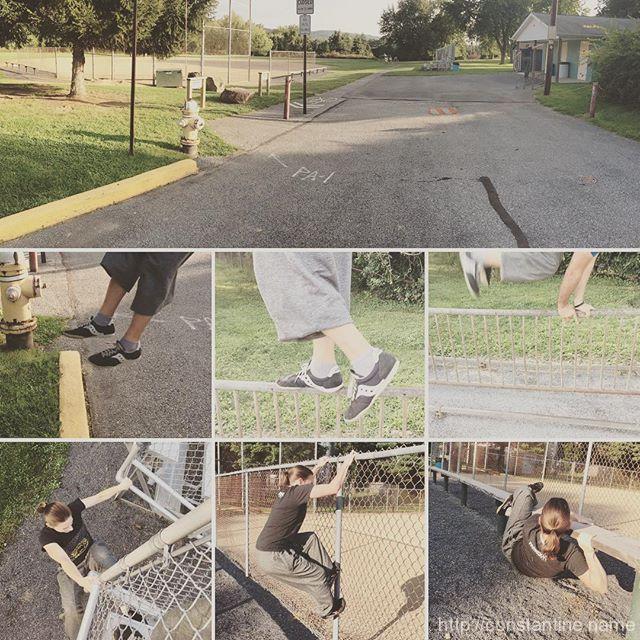

While I was wandering around Trinity Buoy Wharf (where the Chainstore parkour facility is located) I discovered this sign. A musical instrument designed to play, without interruption or repetition, for ONE THOUSAND YEARS ?! Yes, seriously. Check out http://LongPlayer.org
ɕ
Now that we’re home and have offloaded all the photos, I’ll be sifting through the rest of the photography. I put up a good bit via Instagram in real time, but there are a few more albums (and perhaps some stories) I want to post.
ɕ
Between 1970 and 1980, something changed in the U.S. that caused a massive increase in obesity and other health problems. Some combination of factors reached a critical mass that our metabolism could no longer tolerate.
~ Stephan Guyenet from, Whole Health Source: U.S. Weight, Lifestyle and Diet Trends, 1970- 2007
slip:4uboue1.
ɕ
If Atticus had one dominating virtue, it was his nearly superhuman empathy. Whenever his children felt angry at the misbehavior or ignorance of the individuals in their town, he would encourage their tolerance and respect by urging them to see the other person’s side of things:
“If you can learn a simple trick, Scout, you’ll get along a lot better with all kinds of folks. You never really understand a person until you consider things from his point of view—until you climb into his skin and walk around in it.”
Atticus understood that people could only be held responsible for what they knew, that not everyone had an ideal upbringing, that folks were doing they best they could in the circumstances in which they found themselves. Atticus strove above all to see the good in folks and to figure out why they did the things they did.
~ Brett McKay from, Life Lessons From Atticus Finch | The Art of Manliness
slip:4uaole1.
ɕ
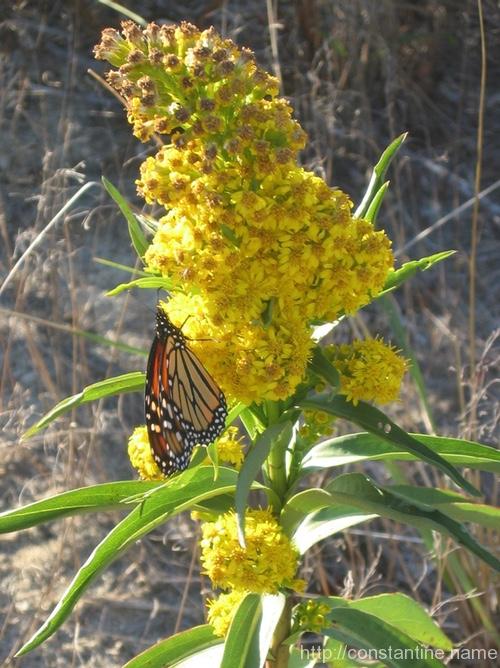
ɕ

The local gear shop in Estes Park suggested a couple spots to do some top-roping nearby before heading into Rocky Mountain National Park.
We spent several hours climbing 20 foot routes up this “little” rock next to Mary’s Lake. I think I did 7 or 8 routes practicing footwork and technique with Mike either lecturing on details, or scrambling up to show me examples.
…unfortunately, neither of us took pictures of the climbing. Good practice, but not very photogenic.
ɕ
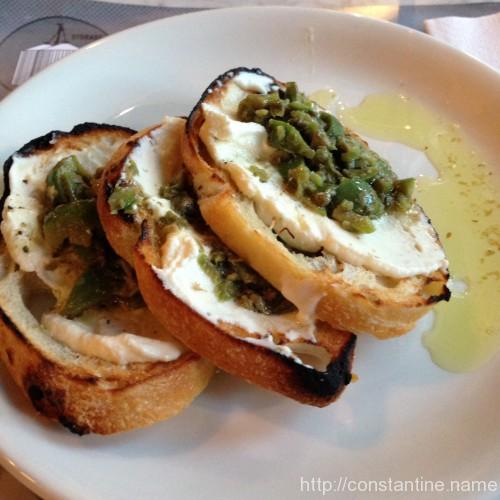

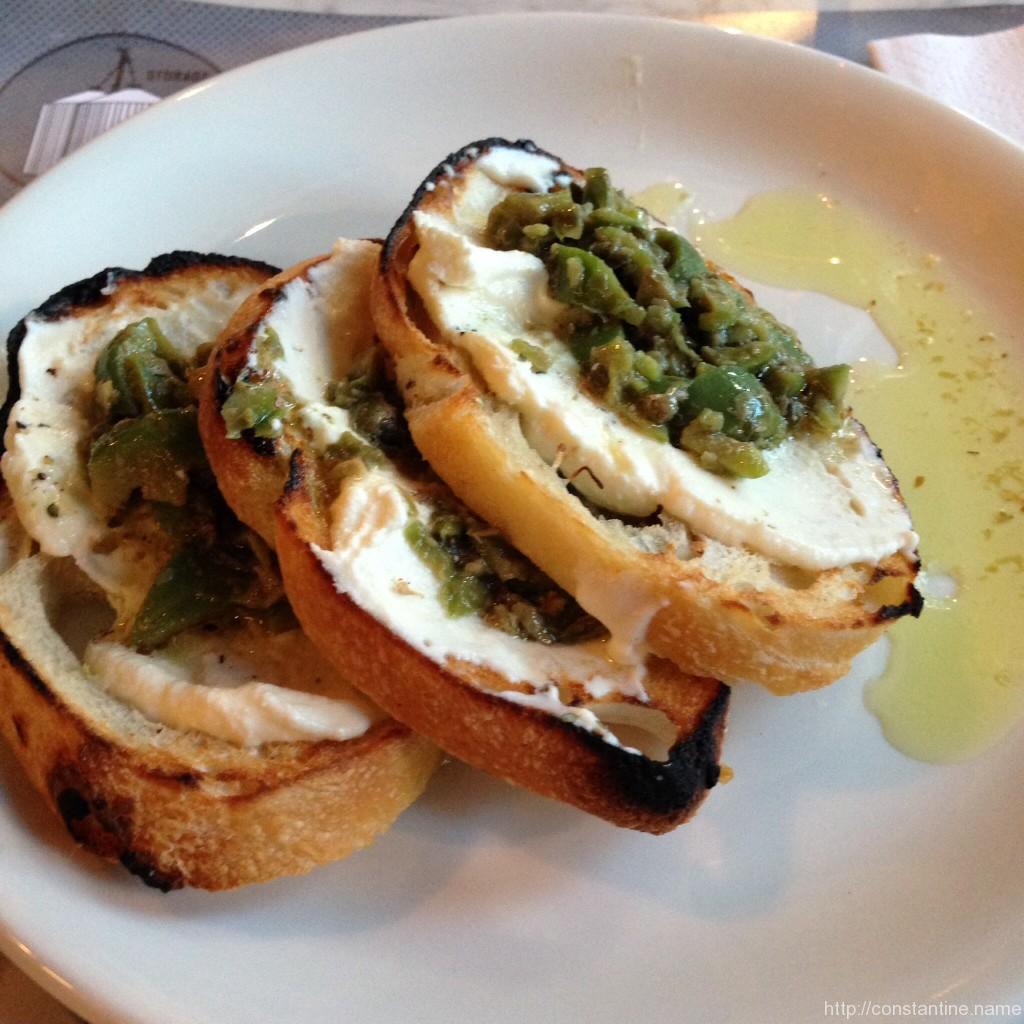
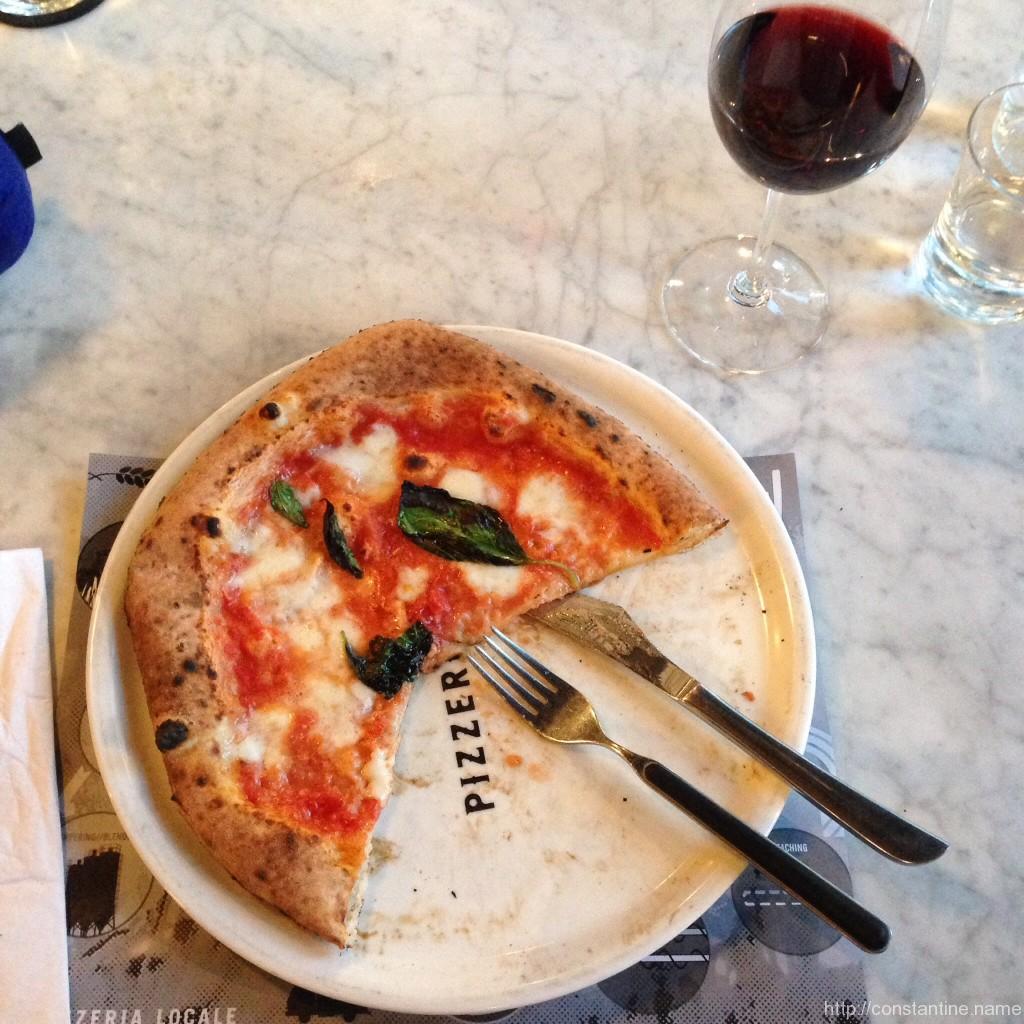
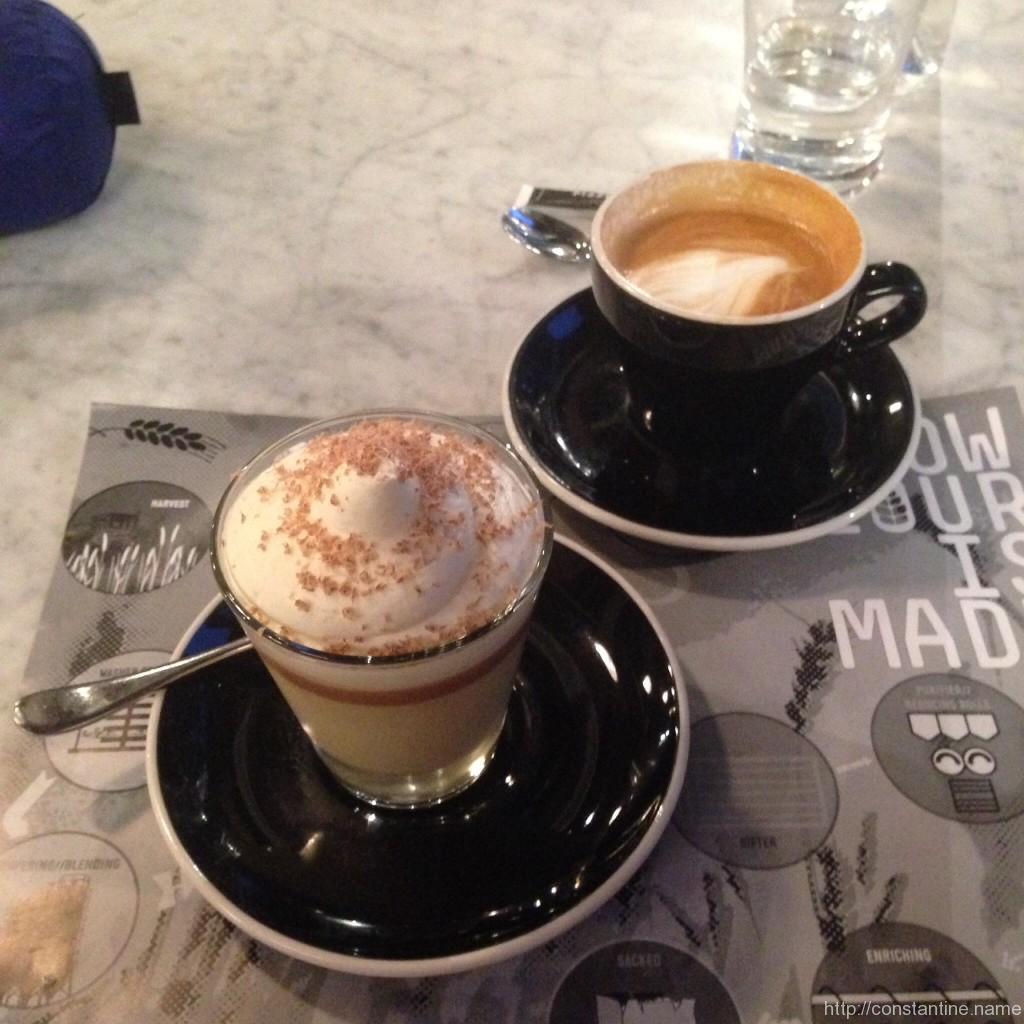
On Saturday (23rd) I found my way to Pizzeria Locale on Pearl St in Boulder.
Mike was working all day, so I took the opportunity to followup on a friend’s suggestion and tried Pizzeria Locale for dinner. After a whole week of doing the “dirt bag” climber thing, this meal was ambrosia.
Bruschetta (with green olive tapinade), Italian Chianti, Margherita pizza, Budino (butterscotch pudding with caramel and nuts), and cappuccino; What a delight it was to eat a nicely paced meal!
ɕ
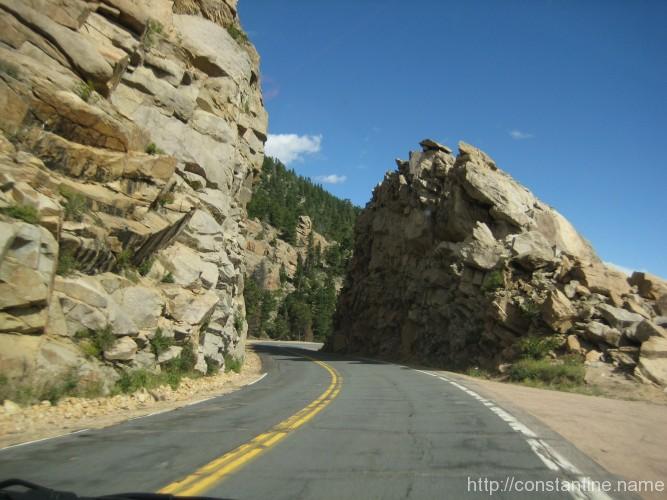
On Monday (25th) we left Boulder and drove to Estes Park, just outside of the Rocky Mountain National Park.
It’s a smooth cruise north along 36 out of Boulder. Construction on 36 near Lyons had us detour onto route 7. And what a spectacular detour! Route 7 winds up a narrow canyon, and then down into Estes Park.
In Estes Park, we found the local gear store, picked up a guide book for Lumpy Ridge and directions to some nearby sport climbing.
ɕ
In addition to disparaging routine labor, these films discount the hard work that enables individuals to reach the top of their professions. Turbo and Dusty don’t need to hone their craft for years in minor-league circuits like their racing peers presumably did. It’s enough for them simply to show up with no experience at the world’s most competitive races, dig deep within themselves, and out-believe their opponents. They are, in many ways, the perfect role models for a generation weaned on instant gratification.
~ Luke Epplin from, You Can Do Anything: Must Every Kids’ Movie Reinforce the Cult of Self-Esteem? – The Atlantic
slip:4uteee2.
ɕ